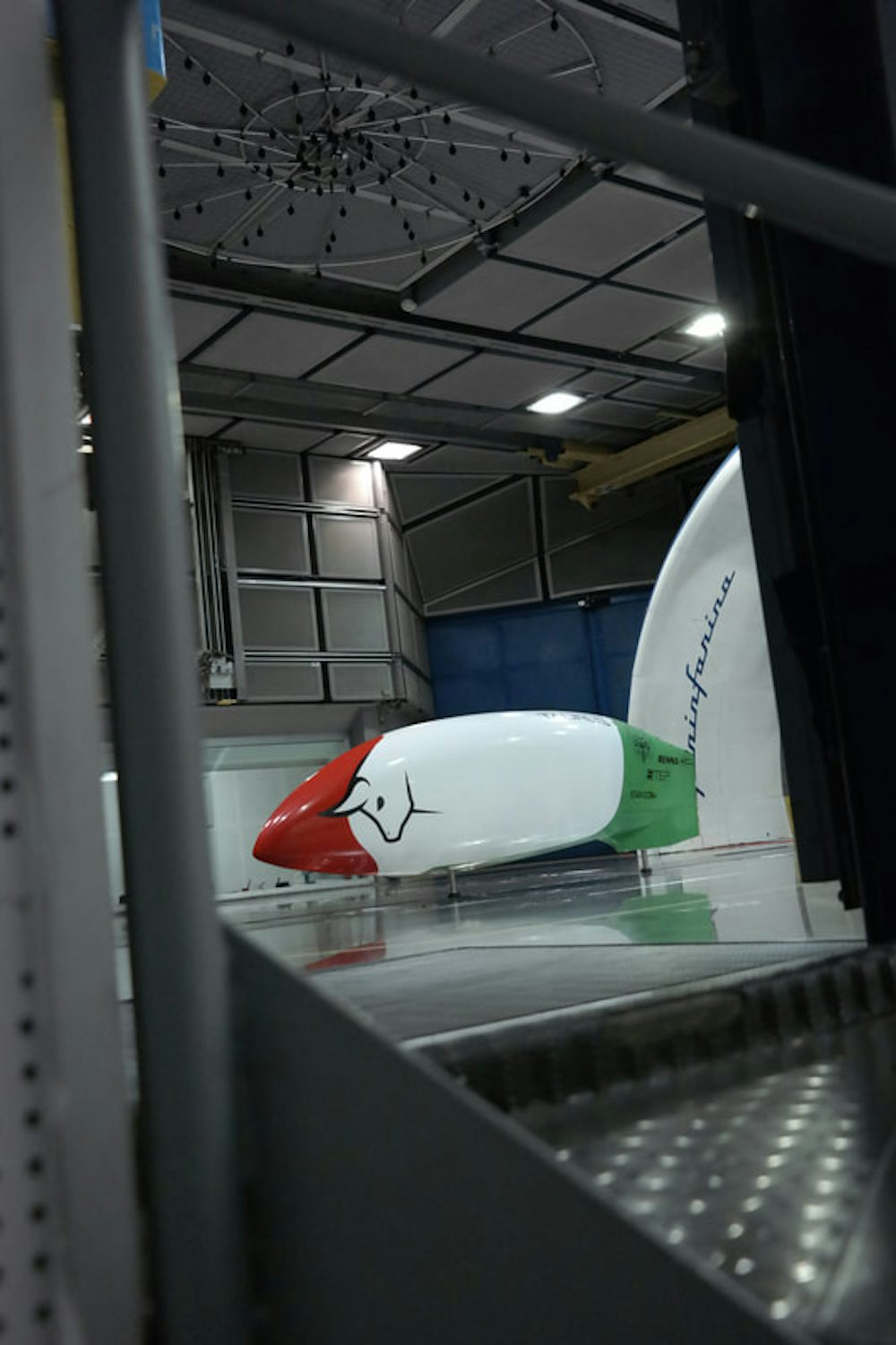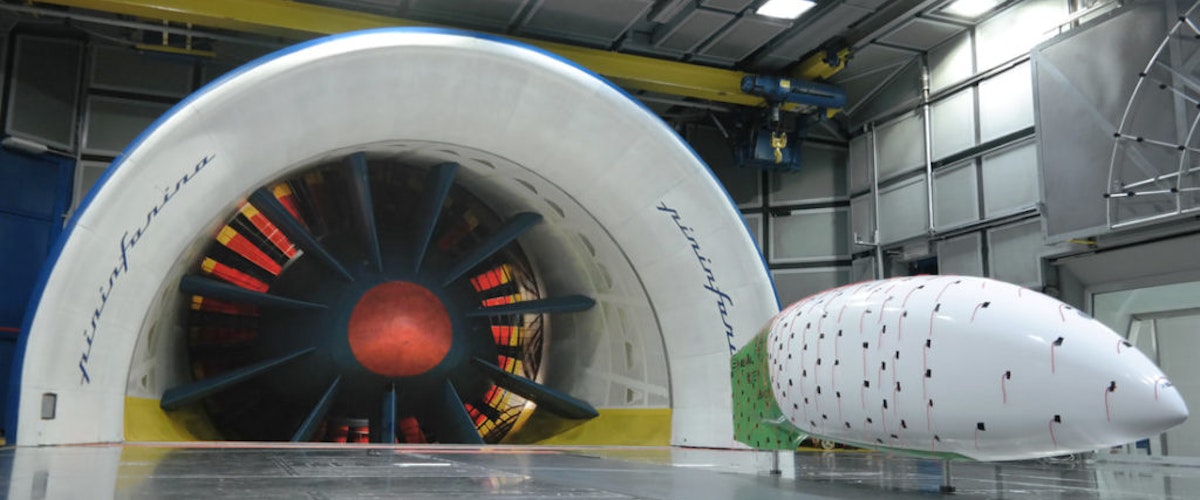2017 has been an year full of innovations and development for Team Policumbent.
Goals like the second World place at WHPSC 2017 and a patent on the transmission are just two drops in a sea full of studies and researches that touches some of the most important fields of engineering.
One of them, maybe the most important in our case, is the aerodynamic one.
No matter how hard are you trying to perfectly develop something, there will always be some particulars that you missed and Team Policument made no exception.
So, despite the development of TAURUS’ fairing has seen more than 70 different shapes been designed, simulated and trashed, there still is something that can evolve.
Air drag is a silent but effective enemy and TAURUS knows how to deal with it.
Just think that on a normal bike, to pedal at 40 km/h (24,8 mph) means that the 82% of the total power losses is gone in aerodynamic resistances (about 247 W on a total of 302 W) while on TAURUS, at 40 km/h the amount of aerodynamic power losses are just the 20% of the total ones, about 12 W on 61 W of total loss.
On TAURUS, in order to lose an equivalent of aerodynamic losses of 82% one should go far beyond 350 kmh!
So the target is to minimize the aerodynamic losses, or rather to create a design that ensures laminarity and prevent any possible separation of the flux in the back part of the fairing.
Nowadays, prototypes that compete in WHPSC have reached an high level of efficiency and due to this, when a new bike is about to be designed it is required a deeper and more accurate planning. This is the reason why the Team decided to invest in a series of tests inside the Pininfarina wind tunnel. This kind of activity allow us to check visually if there is any turbulence on the fairing and to collect as many datas as possible about the vehicle’s behaviour.
During the first test, which has took place in December, TAURUS has been placed inside the tunnel at different speeds, from 30 to 140 km/h; this procedure allowed the Aerodynamic group to collect many information about pressures, drags and moments that will now be used to calibrate the CFD model.

We also noticed some turbulences in the back part and a soft increase in vehicle’s Cd at about 120 kmh, feature to not underestimate if one thinks that the minimum speed required to break the male italian record is now set on 126,8 km/h.
At this point, a new planning phase has just made its begun and the aerodynamic group is now engaged in thinking any possible solution to apply on the yet made fairing or to improve on a possible new one.
One thing is for sure. 2018 is going to be an year full of work.

